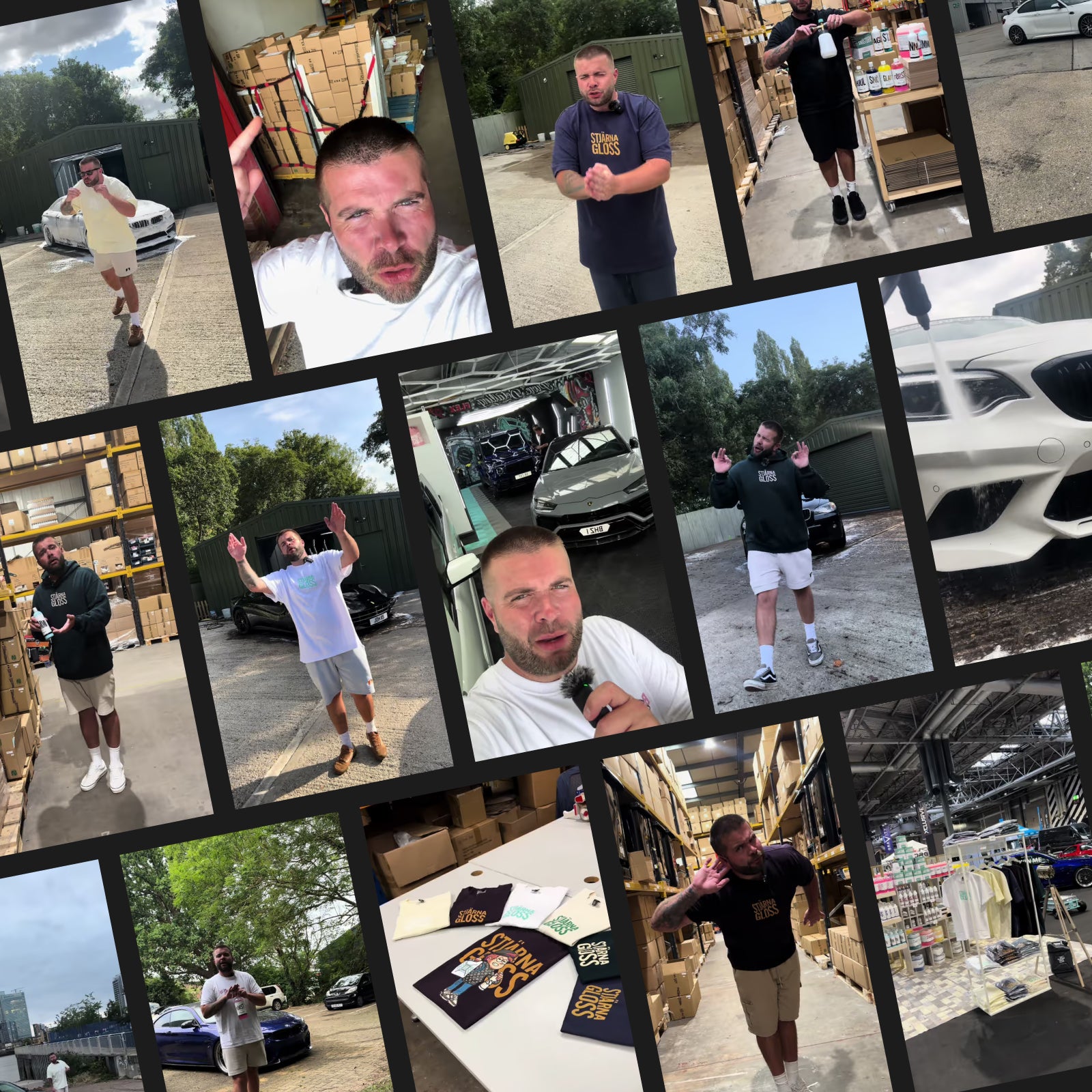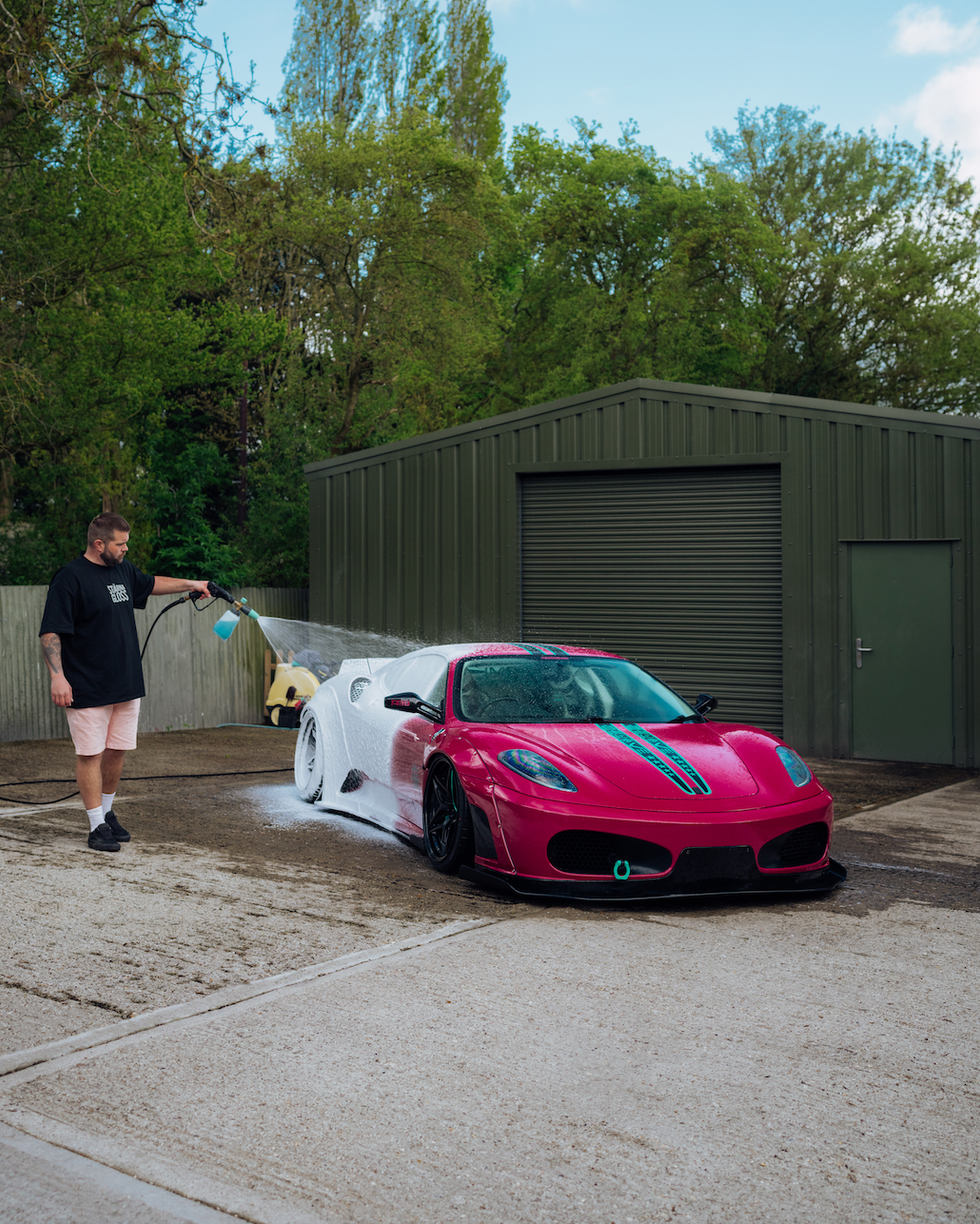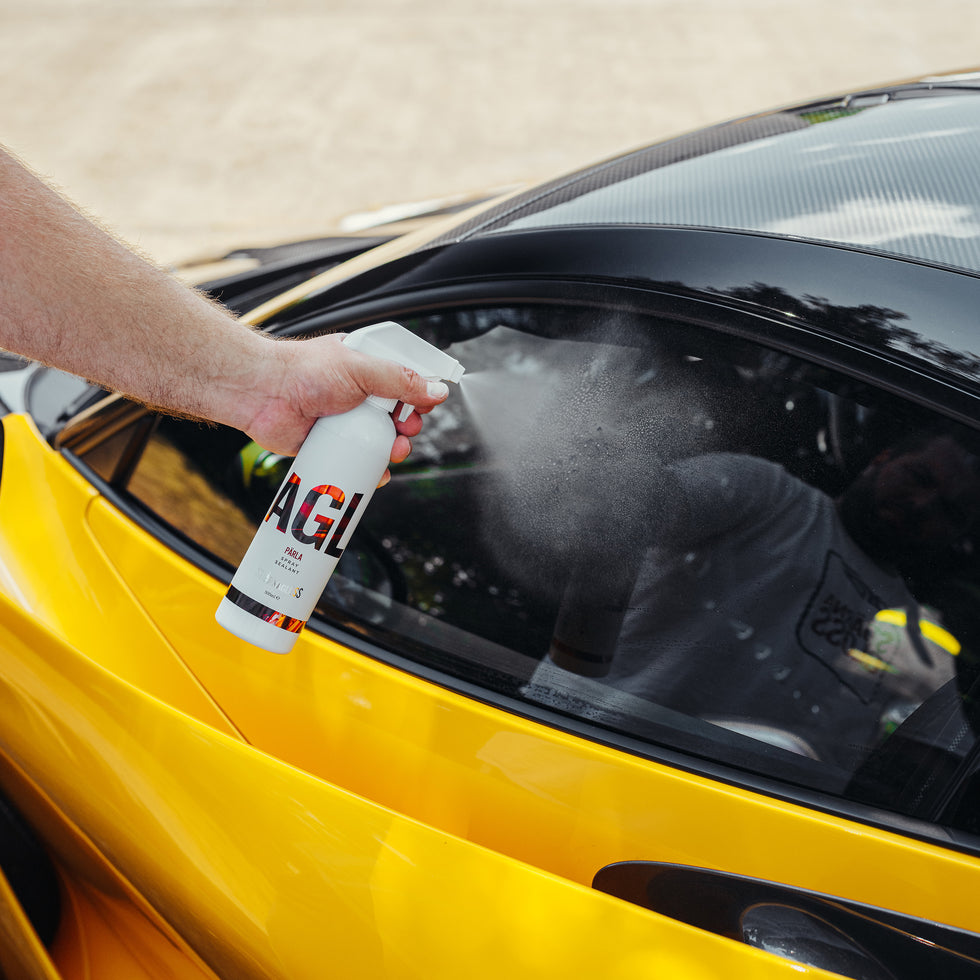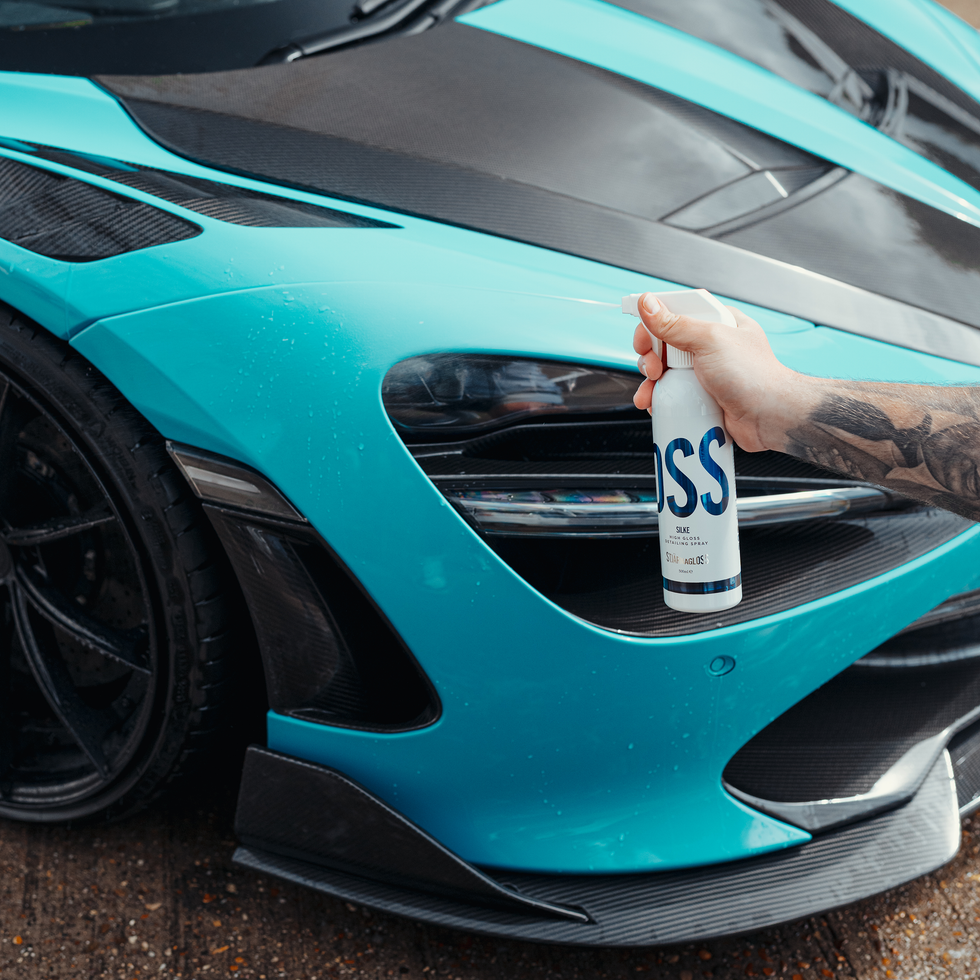Your cart is currently empty.

... not too bad if we do say so!
At Stjärnagloss we’re all about keeping it real, no confusing product lines — just solid, high-performing car detailing products that do what it says on the bottle. And we didn’t just slap a new label on the same old stuff. We reformulated, reimagined, and rebranded, bringing you a tight, focused range that’s easy to use and delivers results that’ll make you do a double take.



We will send you an email to reset your password
Your cart is currently empty.